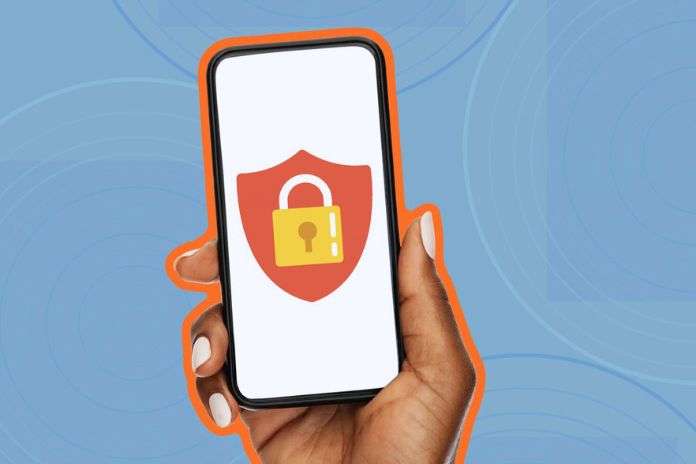iPhones are certainly high-quality devices and are known to be less exposed to hackers than other types of smartphones. But they remain vulnerable. Moreover, Internet hackers particularly target them because they know that iPhone owners are big consumers of online products and are fond of the latest applications. They can therefore be a prime target for various embezzlements. So, knowing how to protect your iPhone from malicious apps is imperative. So here are the main steps you can take to make your device invulnerable.
Avoid Public Wi-Fi
Cybercriminals routinely explore public Wi-Fi vulnerabilities to steal information and distribute malware. Avoid public Wi-Fi altogether, or at least protect your iPhone with an iPhone VPN before accessing a free hotspot. It’s the best way to make sure your data is safe, and your privacy is intact. However, a VPN will not only be useful on public Wi-Fi networks: it will protect your internet connection from your home, office and any connection point you use.
Only Install Apps From The App Store
And while we’re at it, be careful not to jailbreak your iPhone. Not only does this void your warranty, but any apps you download outside the App Store are more likely to put you at risk. If you absolutely must install an application outside of the App Store, make sure it comes from a reputable publisher and a reliable company and, above all, roam the forums to see the opinions of other users. The applications on the App Store have the advantage of being verified, and above all, their owners are identifiable in the event of embezzlement.
Restrict Your App Permissions
Even if you don’t make any changes, it’s still worth being extremely careful about the permission level you grant to all apps on your device, especially if they want to access data unrelated to their functions. It’s common to see some apps requesting access to your photos and other files when they don’t need them.
Update Your iPhone Regularly
This can be done in the background, so there’s no excuse to procrastinate! This very simple step will help iPhone users avoid most threats. Indeed, most updates contain fixes for security vulnerabilities. Staying with an older version of iOS can be quite serious and expose you to serious threats.
Spot The Signs Of An iPhone Infection
Despite all these precautions, your device may be infected with malware or a malicious application that can do great damage. One of the keys will then be to detect this fairly quickly. Here are some unmistakable signs that you need to know how to spot. They do not always mean that your phone is infected, but they should lead you to do a quick check-up :
- You see applications that you do not know: it is a red flag that should make you react and delete the application in question.
- You are flooded with pop-ups: this could be a sign that malware has infected your iPhone.
- You see a spike in cellular data usage: if your usual iPhone users can’t explain this, it could be a sign of an app that doesn’t belong on your phone.
- Applications crash frequently: this is a sign of conflicts between applications, and it is sometimes a sign of the presence of malware.
- Battery drains faster: This is caused by power-hungry apps, but it could also be a sign that malware is running in the background without your knowledge.
- Your phone heats up: this is also sometimes a sign of an application that is constantly running and which causes frequent access to the central resources of your device. It is sometimes a sign of fatigue from a somewhat old device, but it should alert you if yours is still recent. It may be time to inspect in detail whether a malicious application has not slipped into your smartphone.
Read Also: Top 8 Apps To Manage Your Budget

